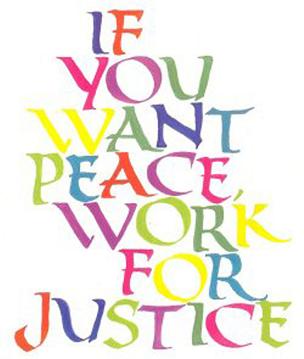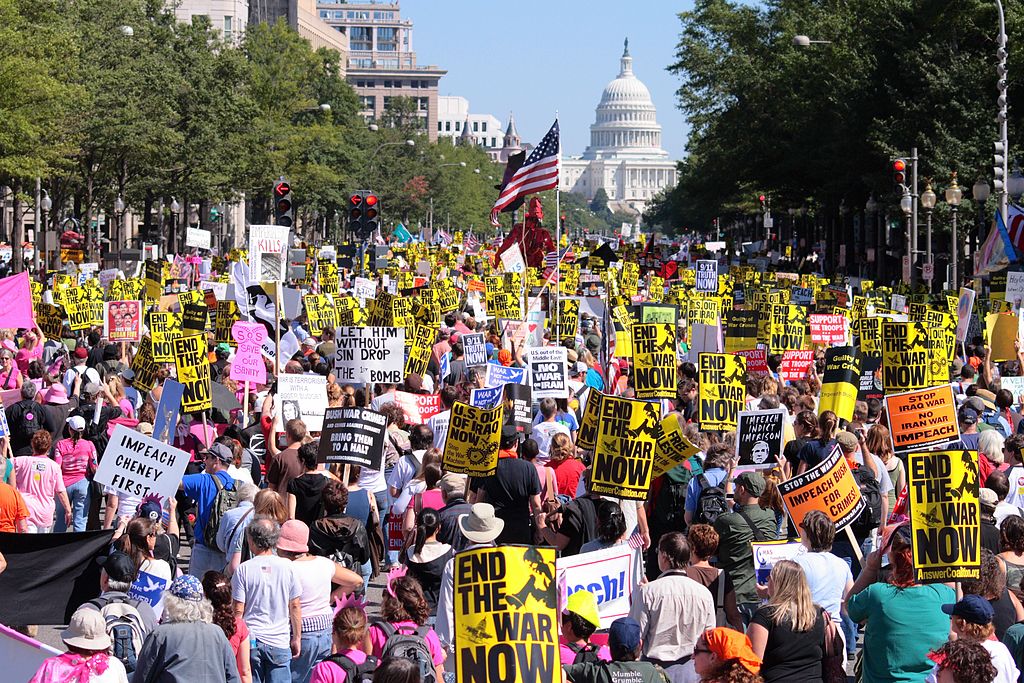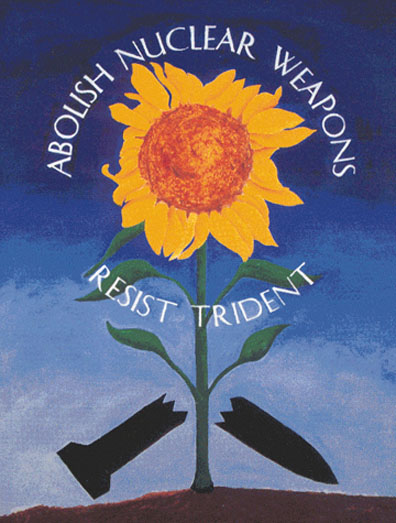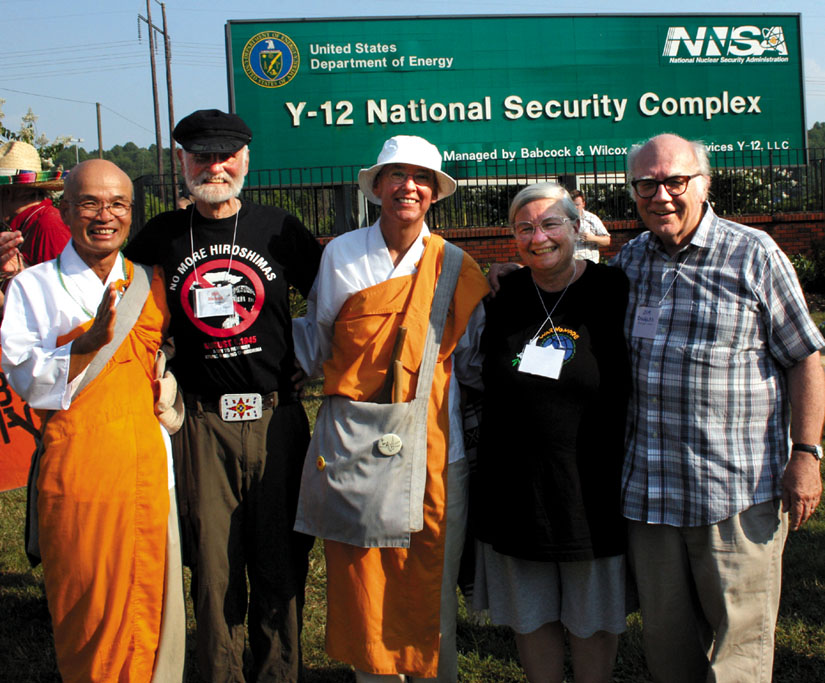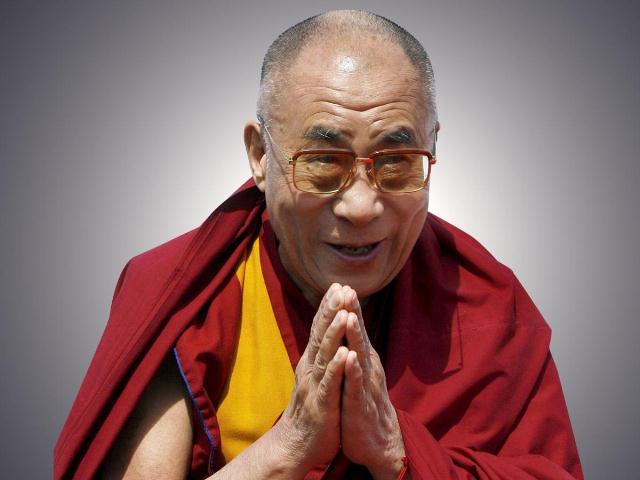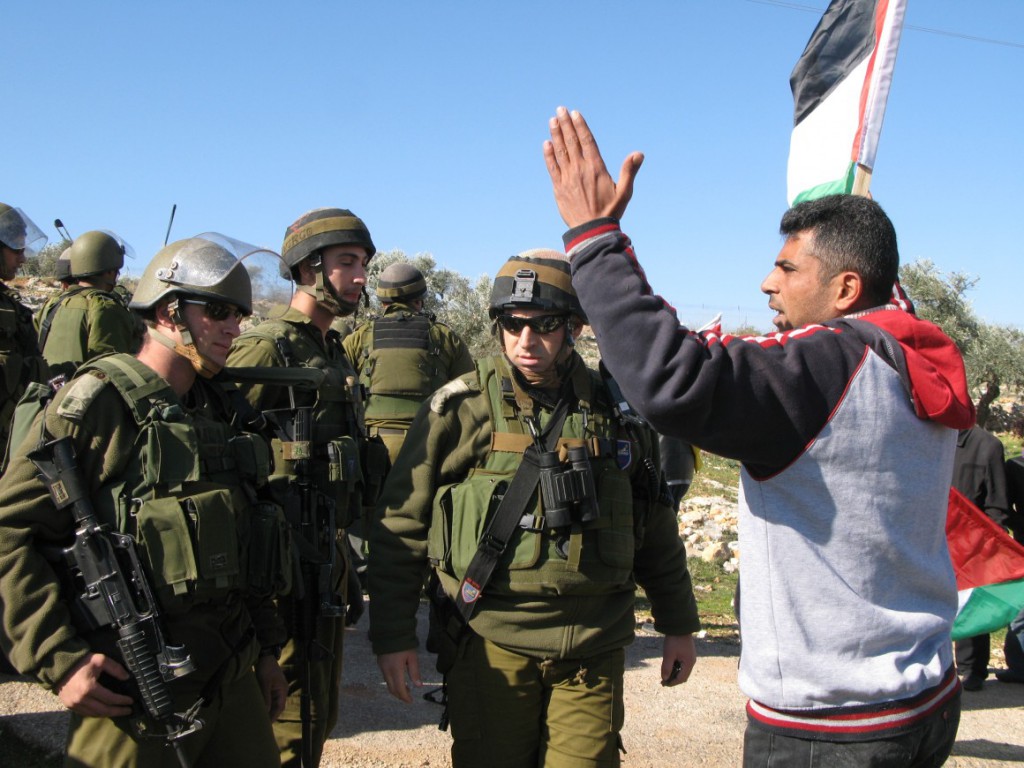The Persecution of the Peacemakers: The Street Spirit Interview with Shelley Douglass, Part 4
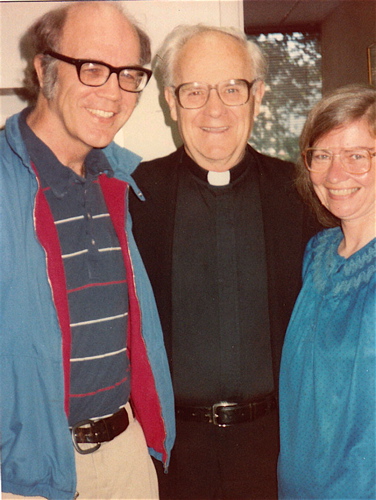
Jim and Shelley Douglass with Seattle Archbishop Raymond Hunthausen, c. 1980; courtesy thestreetspirit.org
Street Spirit: I just read John McCoy’s new biography of Archbishop Raymond Hunthausen, A Still and Quiet Conscience [Maryknoll, New York: Orbis Books, 2015]. He is such an inspiring man, but it was shocking to learn about the horrible indignities he suffered for speaking out for peace. Could you describe your impressions of the archbishop when he came to peace demonstrations at Ground Zero?
Shelley Douglass: He’s the kind of person you would never think was an archbishop, you know. You would never think of him as an archbishop or anybody with any power. I mean he’s just this guy, not particularly well dressed. When we knew him, he just seemed like this old guy and he was bald and had kind of a kindly persona. He listened a lot, and didn’t do a lot of talking.
I think that the first time I met him I was in jail. We had gotten arrested for committing civil disobedience and Jim and one other person in our group were both doing a fast. I don’t remember why the archbishop came to visit us in jail, but people were concerned about Jim’s safety, basically. I don’t know who got him to come, but he came, and even though he didn’t look or act like an archbishop, because he was the archbishop, the jail gave him a special visit. And they put Jim in a wheelchair and wheeled him down, and there was the archbishop!



